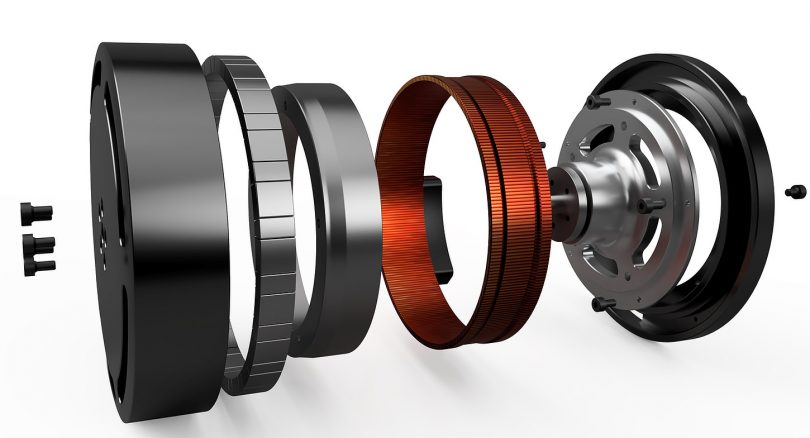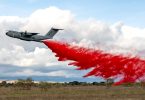The industrial revolution and steam engines triggered the world’s first foray into motors. Simply stated, an engine is a machine that converts various forms of energy into mechanical energy. It does this using rotating or linear movements. Today, engines are everywhere and are often driven by fossil fuels. But electric motors can be made more environmentally friendly. A Norwegian start-up company is on it.
When Alva Motor Solutions founder Jørgen Selnes started in the Norwegian University of Science and Technology (NTNU)’s School of Entrepreneurship programme three years ago, his goal was to address a major technical problem.
“We’re facing one of the biggest challenges in the history of the world: climate change combined with an increasing demand for energy. This is a global problem that Alva will help to solve by developing the electric motors and generators of the future,” says the company’s founder.
Fibre printing:
Alva is moving full speed ahead at its new location in the founder factory FAKTRY in Trondheim. The start-up company – which currently has 12 staff – is developing a new production method for electric motors and generators.
A motor has four main components: the stator, rotor, shaft and possibly a housing.
The stator is the most challenging component to manufacture. This is the stationary part in an electric motor. It is often composed of copper wrap and an iron core. What sets Alva apart is that the company is able with its patented technology to produce thousands of different stators with one and the same machine, says Selnes, who compares the production equipment with a 3D printer.
In short, the method involves combining conductive materials with structural fibre in a printing process.
“So far we’re the only company able to offer these products. We standardize the other engine components and order them from external suppliers. The result is a broader product portfolio with superior properties,” says Selnes.
Building stators without iron
The production method is not the only thing that differentiates Alva’s motors from its competitors. Generally, stators consist of an iron core that helps to keep the copper wires in place. The iron provides structural strength, increases the magnetic field and creates a stronger engine.
According to Selnes, the problem is that iron is heavy and produces loss of efficiency, vibration and noise. That is why Alva has chosen to build stators without iron. A stator without iron creates a motor with much better properties, but until now there have been no good ways to produce them. “Alva’s engines are more efficient and precise, lighter and less noisy than what you can find on the market today,” he says.
An industrial adventure
Alva is now considering projects for a number of industries, such as drones, medical equipment and robotics, as well as the electrification of aircraft, boats and cars.
“We have three projects within the fields of industrial drones, wind turbines and actuators that are being developed in parallel with commercializing a standardized portfolio. We could get into a lot of industries,” says Selnes the entrepreneur, who now wants to build up a sales department and expand the engineering team.
Kjetil Eikeset, an investor and partner in the consulting firm Promethevs, believes that the market potential is enormous. Alva is “engaged in technology with high precision that’s aimed at sustainability and green energy,” says Eikeset. He thinks the company could turn into an industrial adventure.
Alva’s employees are “young, highly competent and committed to forward-looking technology that can replace fossil fuels. What they need are capital, networks and supporters over time, who have faith in what they’re doing,” Eikeset says.
Related articles:
- BERTA – im 3D-Druck hergestelltes europäisches Raketentriebwerk (21. Februar 2019)
- Erstmals: Vollständige Elektro-Motoren im 3D-Druck (22. März 2018)





